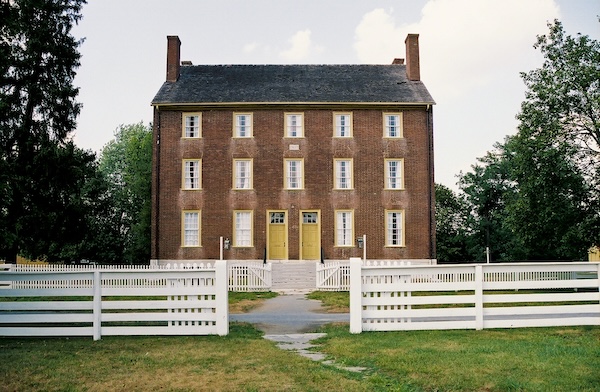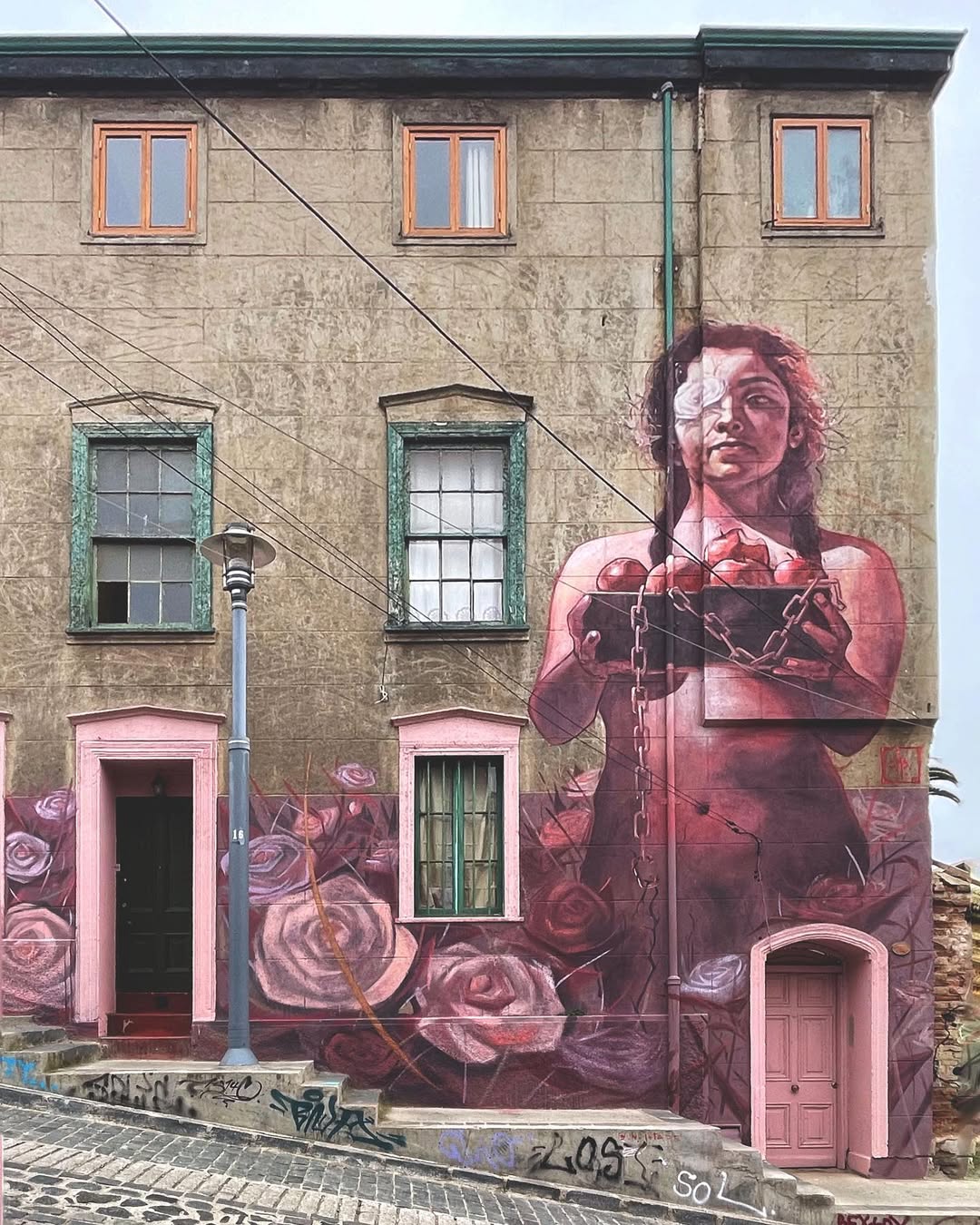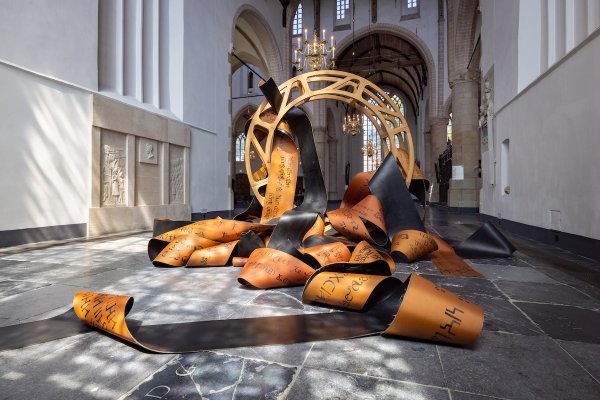
Righteousness like a Stream Ever-Flowing
In 2001 the Indian artist Solomon Raj made the batik Thirst for Justice at the request of the German organization, Brot für die Welt (Bread for the World). It asked Raj to specifically make a meditation cloth (or Hungertuch), which Brot für die Welt first showed at the Kirchentag (the huge congress of German Protestants that takes place every two years in various cities in Germany) to focus attention on the right of every person in the world to have access to clean and sufficient drinking water.
The meditation cloth goes back to the Middle Ages, when a piece of fabric was put in front of the altar during Lent. In this way the Eucharist could not be seen. This emphasized the idea that one is not worthy to come close to the altar. The cloths were painted with biblical images of the life, suffering and death of Jesus. Because they were put up in church during Lent, when it was customary to fast, they were called hunger or meditation cloths.
The main colours in this batik are yellow and orange. The contrast between the blue of the river in the middle and the dry and needy ground around it underscores the dryness of the land. In dry desert areas water is desperately needed. The thirst for water in these barren places is equivalent to the cry for justice of people in desperate situations. This cry is heard in Raj’s homeland India as in so many other places in the world.

Raj used many images and symbols of Indian culture in this work. At the top of the batik we see factories, smoke and dying trees showing the artist’s concern for ecology. Scenes particular to the situation in India are on the left: cattle and two women carrying loads, Jesus taking care of a refugee family and a man pulling a rickshaw. On the right Jesus is taking care of a prisoner whom he frees from his chains. At the bottom people are looking up, expectant and praying for the kingdom of God to come. Below their feet some flowers and birds imply that creation is also awaiting God’s kingdom. At the top on the right the hand of God is coming out of a cloud, pointing to a fiery wheel which symbolizes that God’s justice is coming. In the middle of the picture a river runs from the top to the bottom. This is the water of life, a life giving stream. In the water we see a man pointing to the fiery wheel. This is a prophet who draws people’s attention to God’s judgment.

In the middle we see a reversed tree symbolizing that truth is like an upside down tree, with its roots in heaven and its fruit on the earth. For Raj this stands for the life of a Christian which is rooted in God and bears fruit in the world.
Raj emphasizes that enculturation is needed in Christian art. On the contextual level (features, dress, background) he made this batik typically Indian, as we can see in the dress of the refugee family. The artist moreover uses the batik technique, an old tradition in India. He also follows certain Indian conventions like lay-out, symbolic meaning and gestures. The perspective for instance is not horizontal, but vertical. We see scenes from the top to the bottom and the horizon is very high. Another feature is the distance of the depicted figures to the viewers. In the West the figures make viewers part of their world by smiling or staring at them. The focus is on the viewer, while the focal point of Eastern art is on the divine.

But Raj also deviates from Indian art in which customarily the ideal or perfect is shown rather than suffering and darkness. He depicts the dark side of Indian life by showing pollution, imprisonment, hard labor and the sad reality that people face. Hindus believe in karma (fate). Because of a sense of fate, they are not inclined to help the poor and downtrodden. They do not necessarily question injustice, as it is something they feel they cannot and should not try to change. Raj as a Christian longs for justice in Indian society. That is why he shows Christ as a teacher or guru taking care of people in distress.
The polluted earth, the refugees, the prisoner, the rickshaw coolie and the prophet are all thirsting for justice. With the prophet Amos (Amos 5:24) this batik cries out: ‘But let justice roll down like waters, and righteousness like an ever-flowing stream!’
**********
P. Solomon Raj: Thirst for Justice, 2001, batik, ca. 150 x 225 cm.
Dr. P. Solomon Raj is a Lutheran theologian and artist from India. Born in 1921, he became a school teacher, then studied theology at Gurukul, Madras, served as a minister and as a student chaplain and after that fulfilled a wide range of positions in India, at Selly Oak, Birmingham (UK) and other countries before settling down again in his own country. In the meantime he published his PhD dissertation in Birmingham and was active in the Asian Christian Arts Association. For a number of years he has been the spiritual father of the St. Luke’s Lalitkala Ashram in Vijayawada, Andra Pradesh. In the 1950s he discovered his gift as an artist, first specializing in linocuts and wood block printing. Later he also made batiks and —though to a lesser extent — acrylic paintings. He discovered the possibilities of using visual art as a means of explaining the biblical narratives and propagating the Gospel. Most of the art works which he published in separate booklets and books are accompanied by brief poetical meditations.
Jojanneke Dekker (b. 1980) is a theologian working in the Protestant Church in the Netherlands (PKN) in Nieuw-Vennep and Leiderdorp. In 2007 she graduated with a degree in missiology. The subject of her thesis was ‘Solomon Raj, Prophetic artist in India’. As part of her research she spent two months in Dr. Raj’s ashram in Vijayawada, India.
ArtWay Visual Meditation February 10, 2013
%20(1).png)












